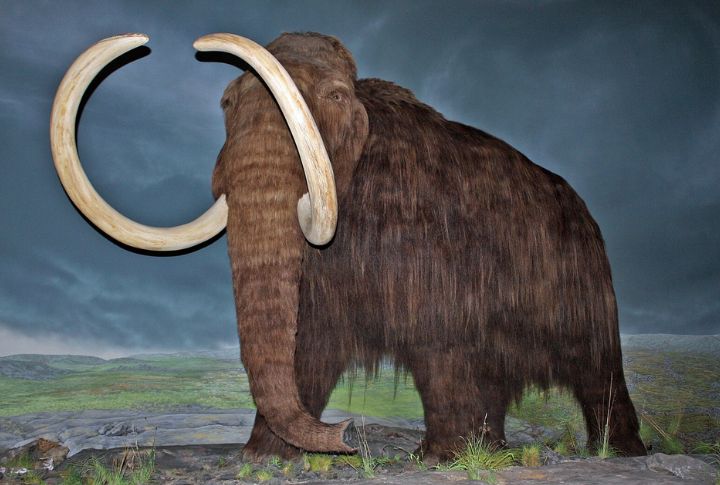
Ancient terrains once echoed with the heavy footsteps of woolly mammoths. These prehistoric giants adapted to brutal cold with features that continue to surprise scientists. Their clever survival traits and mysterious disappearance reveal a world shaped by resilience and change. Here are 10 remarkable facts that shed light on the world of woolly mammoths.
Woolly Mammoths Had Blonde, Ginger, And Dark Brown Fur
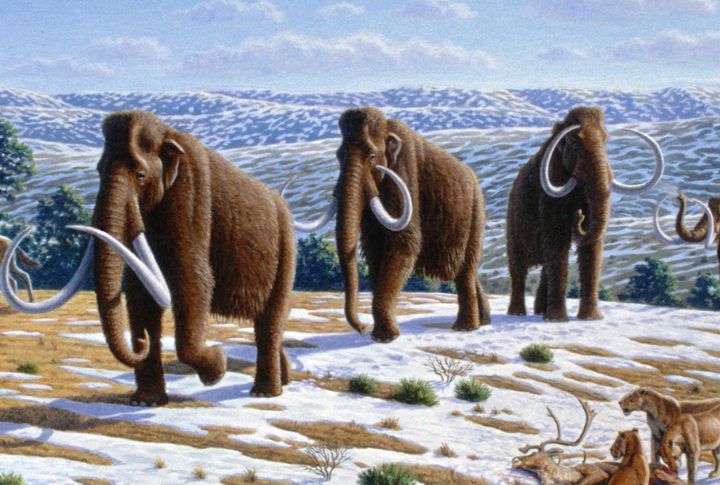
Genetic studies revealed that woolly mammoths came in various fur colors, such as blonde, reddish, and dark brown. This diversity in pigmentation sets them apart from modern elephants. Environmental factors like shifting temperatures and genetic changes likely shaped these traits.
Their Tusks Top All Other Proboscideans In Size

Woolly mammoths had enormous tusks, with specimens measuring over 13 feet in length. These tusks served practical purposes like digging through snow to find buried vegetation and battling for dominance within the herd. As mammoths aged, their tusks developed unique curvature patterns, which provide clues to their age and behavior.
They Had A Fat Hump Like Camels
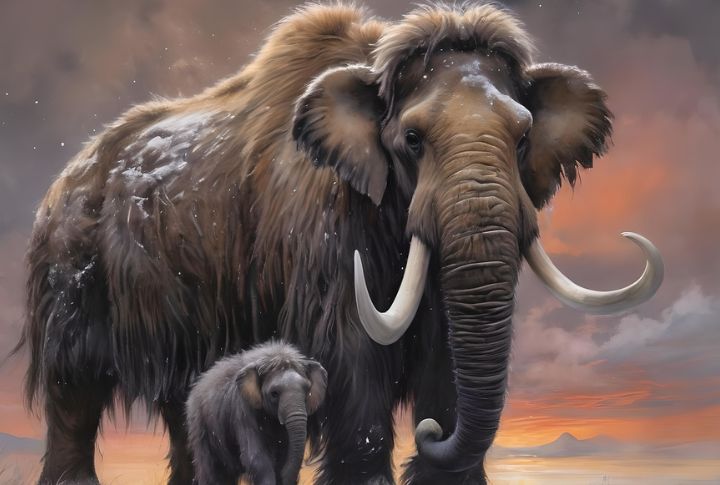
One of their survival advantages was a fat-filled hump on their back, much like those seen in camels. This stored fat acted as a vital energy reserve during harsh winters and times of food scarcity. Modern Arctic animals use similar strategies, reinforcing the idea that this hump was key to their endurance in extreme climates.
They Had Shorter Ears To Prevent Frostbite
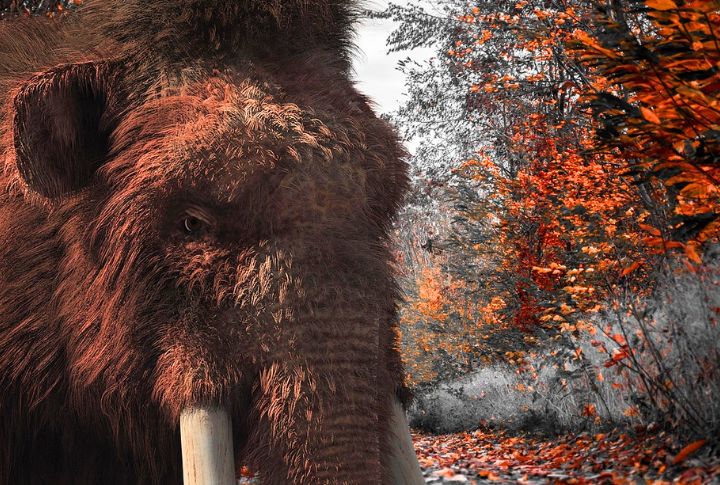
Unlike their modern elephant relatives, woolly mammoths had small, compact ears—an important adaptation for conserving body heat. Fossil evidence clearly shows the dramatic difference in ear size. This evolutionary trait helped reduce heat loss and protected them from frostbite.
They Likely Had A High-Pitched Voice

Although often imagined with deep, elephant-like calls, they may have had higher-pitched voices. Scientists base this theory on reconstructions of their vocal anatomy and comparisons with related species. These specialized sounds likely served key purposes such as coordinating herd movements, attracting mates, and warning others of danger.
They Were Covered In Two Layers Of Fur
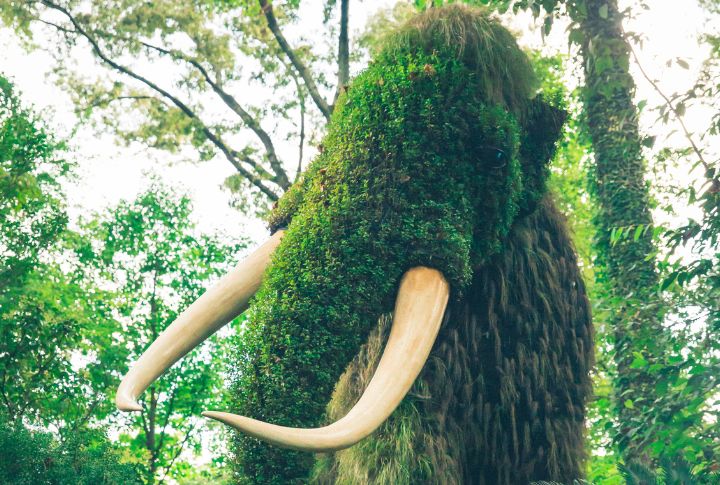
Cold weather during the Ice Age forced woolly mammoths to develop a two-layered coat. The outer layer consisted of long, coarse hairs that repelled moisture and blocked wind. Beneath that, a dense undercoat trapped heat close to the skin. This natural insulation system provided superior protection against extreme cold.
They Were Skilled Swimmers
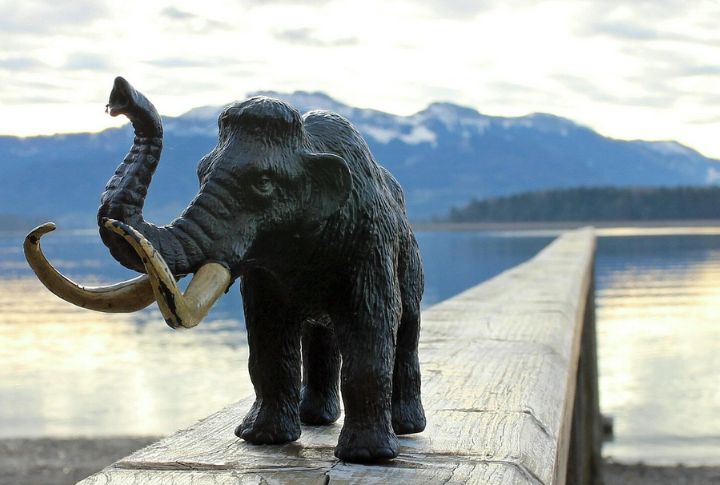
Despite their massive frames, woolly mammoths were surprisingly capable swimmers. Studies of their limb structure and comparison with modern elephants indicate strong swimming abilities. This swimming ability may explain how certain populations reached remote islands, such as Wrangel Island in the Arctic Ocean.
They Had A Unique Gait
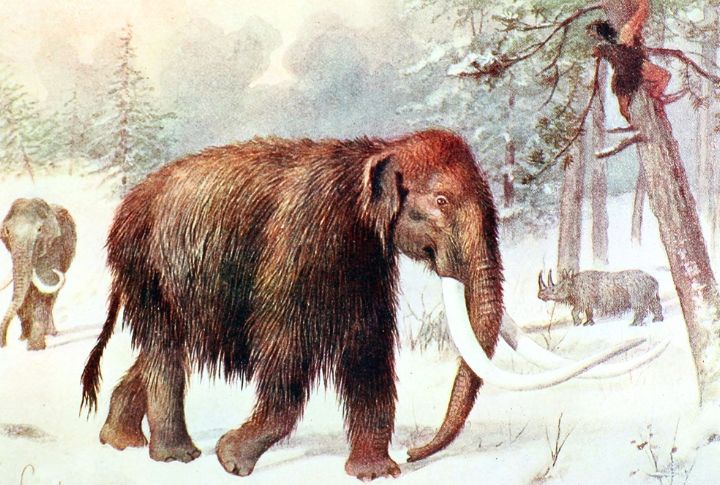
Woolly mammoths walked with a gait unlike that of modern elephants. Their bulky frames, thick layers of fat, and dense fur likely altered how they moved across icy terrains. Fossilized footprints suggest they adjusted their stride to maintain balance and reduce slipping on snow-covered ground.
Some Mammoths Survived Until 4,000 Years Ago

Although most mammoths disappeared around 10,000 years ago, a small group managed to survive much longer. On Wrangel Island, off the coast of Russia, an isolated population persisted until about 4,000 years ago—around the same time ancient civilizations like the Egyptians were flourishing.
Their Tusks Had Growth Rings Like Trees
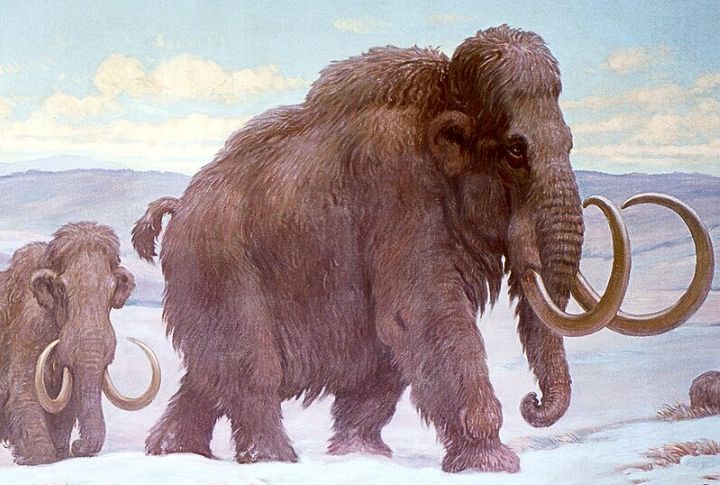
Just like trees, mammoth tusks developed growth rings that recorded vital details about the animal’s life. Researchers can study these rings to estimate a mammoth’s age and even assess its health during different seasons. Thinner rings often indicate harsh winters or periods of nutritional stress.

